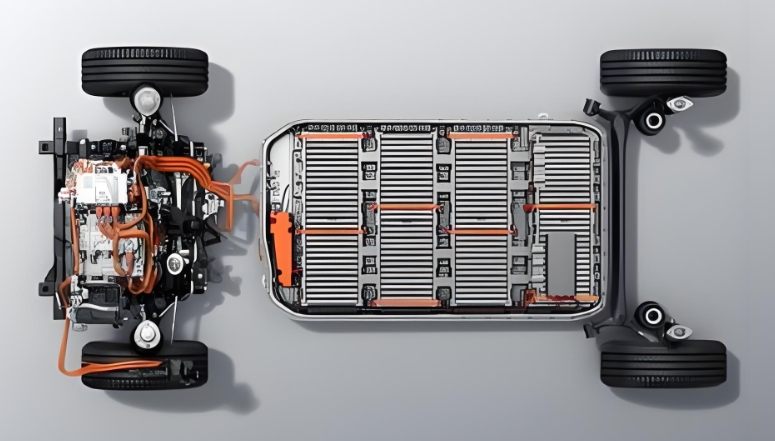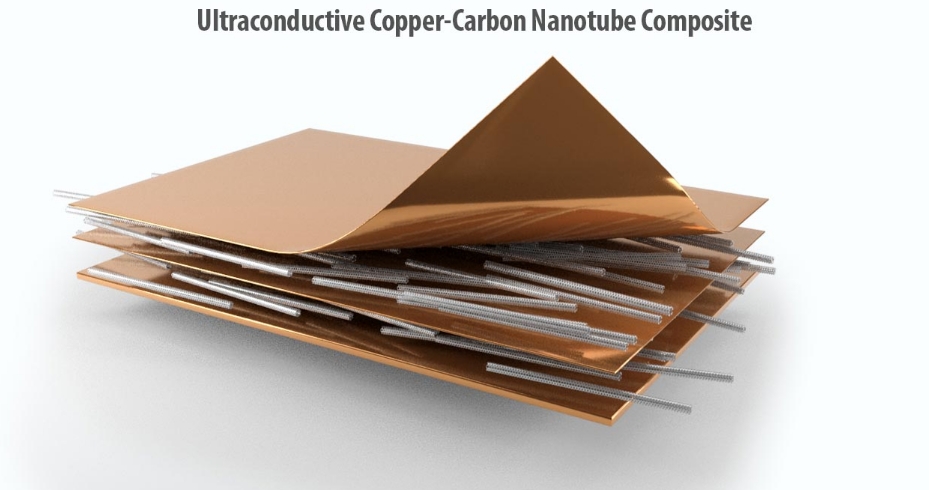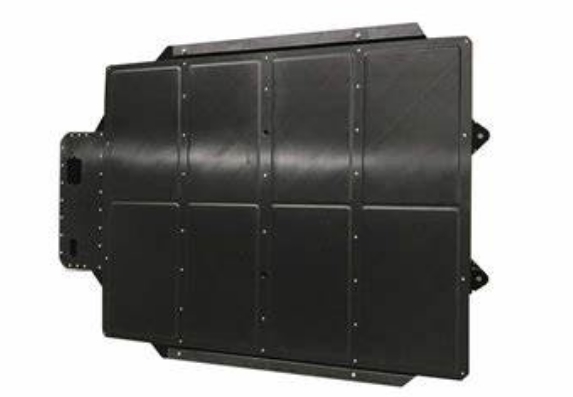new blog

Carbon Fiber Reinforced Polymer (CFRP) occupies a significant position in modern industry due to its exceptional physical and mechanical properties, especially in the fields of aerospace and high-performance automotive applications.
With the rapid growth of the electric vehicle (EV) and energy storage system (ESS) markets, the demand for efficient, lightweight battery systems is increasing.
- Traditional battery structural materials have limitations in terms of weight, strength, and durability, making it difficult to meet modern requirements.
- Carbon fiber composite materials, with their high strength, low density, and excellent corrosion resistance, are gradually becoming the ideal choice for battery structural materials.
This paper will delve into the integrated application of carbon fiber composites in battery structures, analyzing its technological innovations, market potential, and the challenges it faces.

Material Requirements for Battery Structures
The Advantages of Carbon Fiber Composites
Battery structures are core components of electric vehicles (EVs) and energy storage systems (ESS), and their design directly impacts the efficiency, performance, and safety of the entire system. Traditional battery casings and supports are often made from aluminum alloys or steel. While these materials possess good mechanical strength and durability, their relatively high density significantly increases the weight of the battery system, thereby reducing the range and energy efficiency of electric vehicles. In this context, the advantages of carbon fiber composites become increasingly apparent.
Carbon fiber composites have an extremely high specific strength and stiffness, allowing them to significantly reduce the weight of the battery system while maintaining structural strength, thereby improving vehicle energy efficiency. Additionally, the corrosion resistance and fatigue resistance of carbon fiber composites enable them to maintain excellent structural integrity over long periods of use, particularly in harsh environments where they perform exceptionally well. These advantages give carbon fiber composites enormous potential in battery structure applications.
Recent research has further expanded the application prospects of carbon fiber composites. For example, by introducing carbon nanotubes (CNTs) or graphene into carbon fiber composites, researchers have found that the electrical and thermal conductivity of the modified material is significantly enhanced. This is particularly crucial for the energy management and thermal management of battery systems, as the heat generated during battery operation needs to be efficiently conducted and dissipated to prevent overheating. Furthermore, the addition of nanomaterials also enhances the fatigue resistance and impact toughness of the composite, allowing the battery to maintain structural integrity even when subjected to external impacts, thereby improving the overall safety of the system.

Smart carbon fiber composites are also a current research hotspot. This material integrates sensors or functional nanomaterials into the carbon fiber matrix, enabling real-time monitoring of stress and temperature changes in the battery structure. It provides precise structural health data to the battery management system. Such smart materials can not only predict and prevent potential failures in the battery system but also enhance the safety and reliability of electric vehicles and energy storage systems in practical applications.
Technological Innovations in Carbon Fiber Composites for Battery Structures
In recent years, significant progress has been made in the application technology of carbon fiber composites in battery structures. Traditionally, carbon fiber composites have been primarily used in the aerospace and high-performance automotive sectors. However, with the rapid growth of the electric vehicle and energy storage markets, these materials are gradually being extended to battery structures.
Particularly, thermoplastic resin-based carbon fiber composites, known for their good processability and strong recyclability, have become key materials in battery structure applications. These materials are processed using melt molding techniques, which not only allow for the integrated design of complex structures but also offer excellent mechanical properties and thermal stability.

In the field of electric vehicles, companies such as Tesla and BMW have been pioneers in adopting carbon fiber composites to reduce overall vehicle weight and enhance performance. For example, Tesla has utilized carbon fiber composites as the primary material for the battery enclosure in its latest electric vehicle model. This innovative design has significantly reduced vehicle weight while improving the safety and durability of the battery system. A similar application is evident in BMW’s i Series electric vehicles, where extensive use of carbon fiber composites not only in the body structure but also in the battery modules and supports has further optimized vehicle weight, improved energy efficiency, and extended range.
Furthermore, the layered design and multi-material composite technology of carbon fiber composites provide new approaches for optimizing battery structures. By employing multi-layer carbon fiber composites, stress can be effectively distributed, enhancing the impact resistance and fatigue performance of the battery structure. The combination of carbon fiber composites with other lightweight materials, such as aluminum alloys and magnesium alloys, further improves the overall performance of the battery system. For example, battery enclosures made from a composite of carbon fiber and aluminum alloys offer excellent protection and, through lightweight design, effectively reduce weight, representing a significant direction in current electric vehicle battery structure design.
Integrated Design and Application Advantages
The integrated design of carbon fiber composites in battery structures can significantly enhance system efficiency and performance. Unlike traditional separate designs, carbon fiber composites enable the integration of components such as battery enclosures and module supports into a unified manufacturing process. This design approach not only reduces material usage but also simplifies production processes and lowers manufacturing costs.
Especially in high-performance electric vehicles, the application of carbon fiber composites has markedly improved the overall performance of battery systems. For instance, the high-strength properties of carbon fiber composites offer better structural protection for the battery system in the event of external impacts, thereby increasing battery safety.
In practical applications, the integrated design of carbon fiber composites is particularly evident in battery enclosures and module supports. Traditional battery enclosures are typically made from aluminum alloys or steel, which, while providing some strength, are heavier and involve complex manufacturing processes. The use of carbon fiber composites not only significantly reduces the weight of the battery enclosure but also enhances its overall strength and durability through integrated design. Similarly, module supports, which are crucial for supporting battery modules, benefit from reduced weight while maintaining structural strength when made from carbon fiber composites.
Additionally, carbon fiber composites offer excellent thermal management properties. Batteries generate substantial heat during operation, and the thermal conductivity of carbon fiber composites effectively dissipates heat, preventing localized overheating and thereby improving battery efficiency and lifespan.
Combining these advantages, the use of carbon fiber composites in battery structures not only boosts the overall performance of the battery system but also provides new design insights for the future development of electric vehicles and energy storage systems.